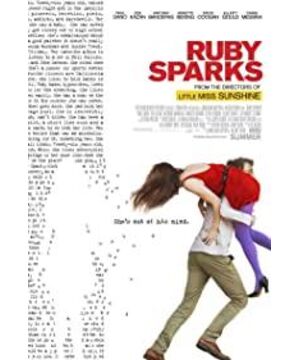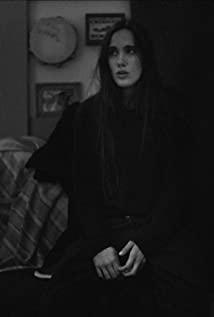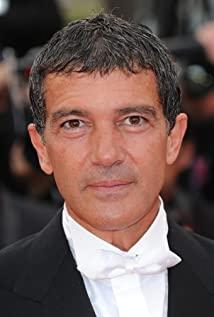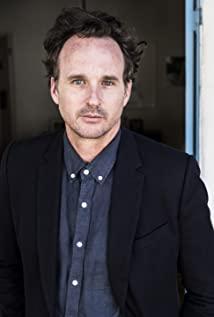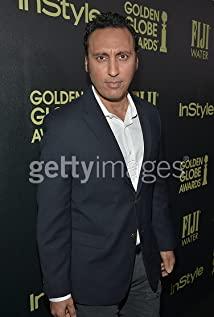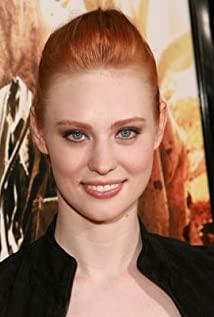Zoe Kazan’s script is obviously inspired by Pygmalion—the allusion of being married to his own statue, but in her writing it clearly has the nature of postmodern text: the display of the dual creative process. If I were the original author, I would write a novel like this: The
first part is the first text, that is, the story of Ruby in double fiction. This story just stays on Calvin's typewriter. Until the well-known big flip of the plot, this is a little fresh love story that is bland and sparkles at best with some wonderful dialogues. In fact, the more mediocre this part is, the better, which will add more fun to the contrast in the future. This part will not be very short, but obviously it will not be very long either. Just explain the background of Ruby at the end of the ten chapters. Until Ruby emerges from Calvin's world (outside world) and becomes a living person, there will be a few pages of blank space in this part. On the one hand, it means that Calvin is in a period of consternation and stopped writing. On the other hand, it means that Calvin is immersed in Ruby. Lost the motivation to continue writing her story in her life. Until my brother came up with the idea of continuing to write the Ruby story in the outside world, this part of the text will appear to be extremely fragmented, with only one sentence in a chapter. For example, in the original script, the entire chapter of Chapter 13 contains only a short line of words, "Ruby speaks French, but I didn't realize it." This phenomenon of one line being divided into separate chapters will continue until now. The last two chapters. The penultimate chapter will consist of a series of crazy short sentences from which the reader must read Calvin's crazy in writing this part. The last chapter represents the sentence that finally liberated Ruby. At this point, the first part of the novel is over. However, if it is a reader who reads this novel for the first time, he will surely have a question as to why there are such chaotic changes in the latter part. This question must be answered well by the following text.
The second part is the second-level text, that is, the first-level metafiction text. My idea for this part is to use the first-person perspective of Calvin. The beginning of the story starts with a "negative chapter" (chapter -10, chapter -9 are reversed), that is, the life before Calvin has not created the character of Ruby, as shown in the original script. The content of Chapter 0 is that Calvin had a dream of a goddess and prompted him to write the novel that readers saw in the first part. At the beginning of Chapter 1, Calvin recalled how he wrote the novel, that is, the entire process of creating Ruby. Not only will it be exactly the same as the content of each chapter in the first part, but even many places will be exactly the same. Until Ruby jumped out of the chapter, this part became the main part of the fictional timeline, that is, most of the main plot we see in the movie. Each chapter still corresponds to the content of the previous part, in the narrative, the reader gradually understands what the unmarginal short sentences in the previous part mean. This part will have one more chapter than the previous part, which is the fact that after Calvin woke up the next day, he found out that Ruby had left. With a long monologue, this part ends.
The third part is the third-level text, that is, the second-level metafiction text. In the first chapter of the beginning, Calvin completed the creation of a new novel of his own containing the above two parts, and once again gained fame and praise. The second chapter is the last chapter (and the last chapter of the book). Calvin met a girl who was exactly the same as the Ruby he had imagined. This part was not written by himself but actually happened.
In this way, with the help of the unique advantages of the text, perhaps such a novel can really show the artistic tension that is reduced by most due to the limitations of the image must be concretized while maintaining the existing creativity of the script, towards the narrative. The "impossible world" in the environment is by far the most powerful challenge.
View more about Ruby Sparks reviews


